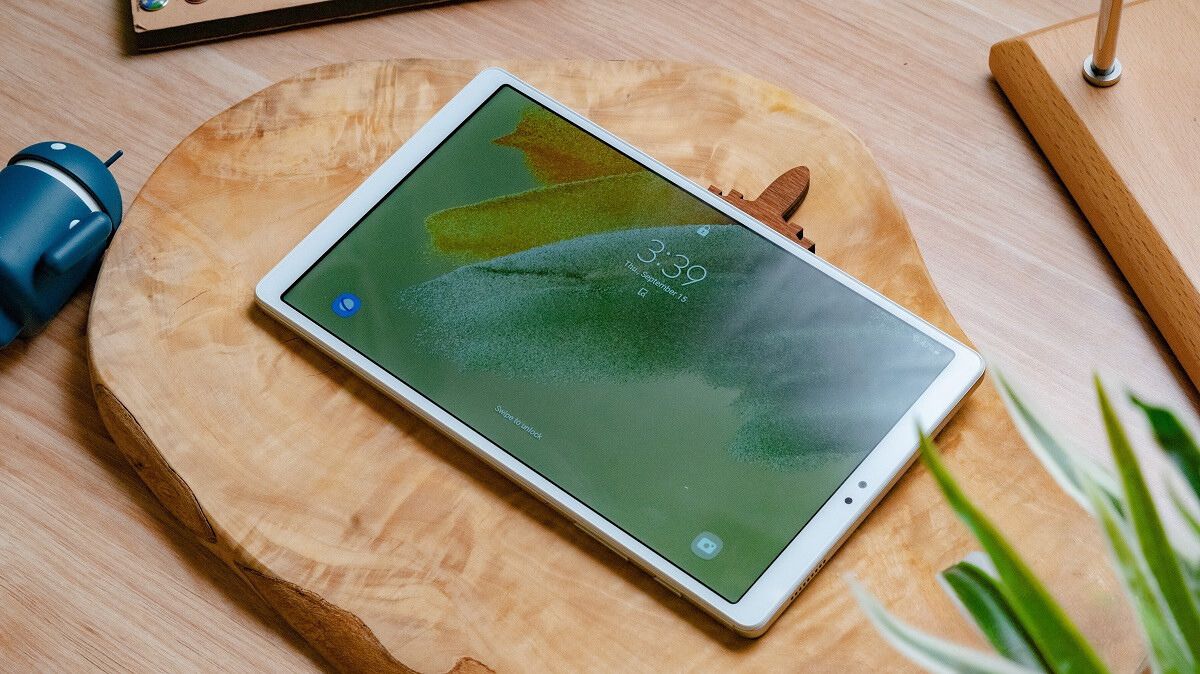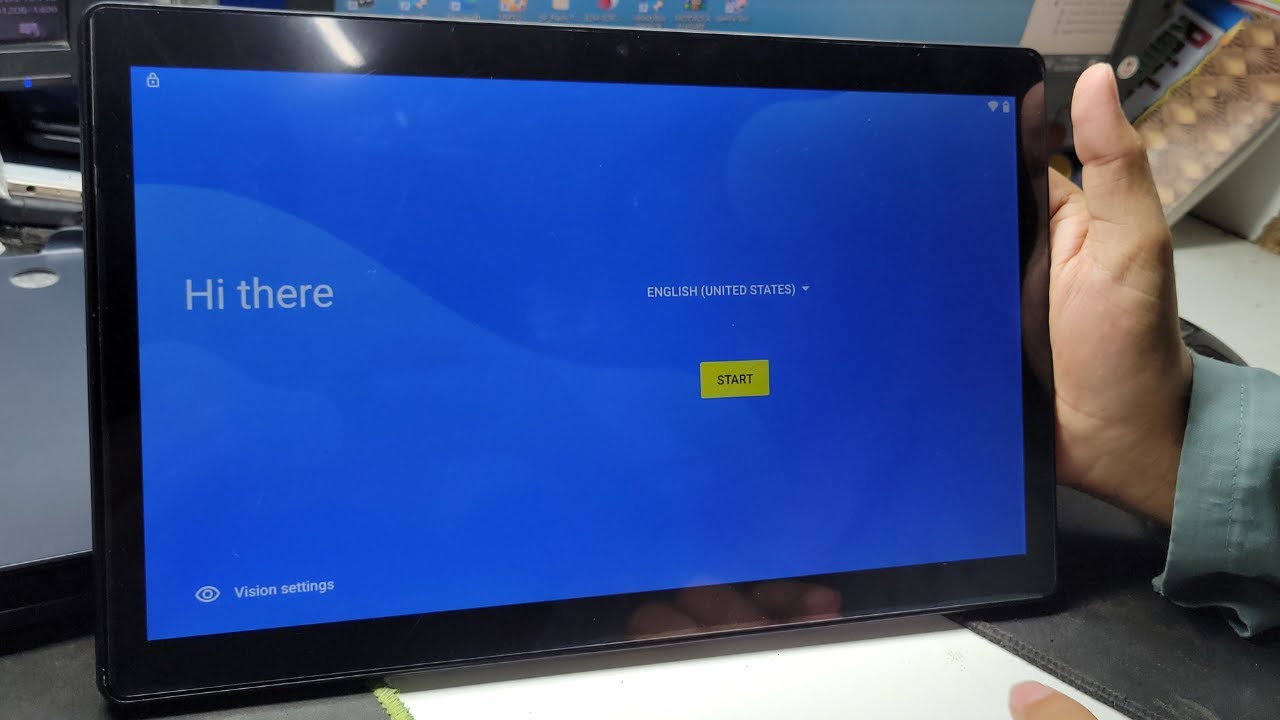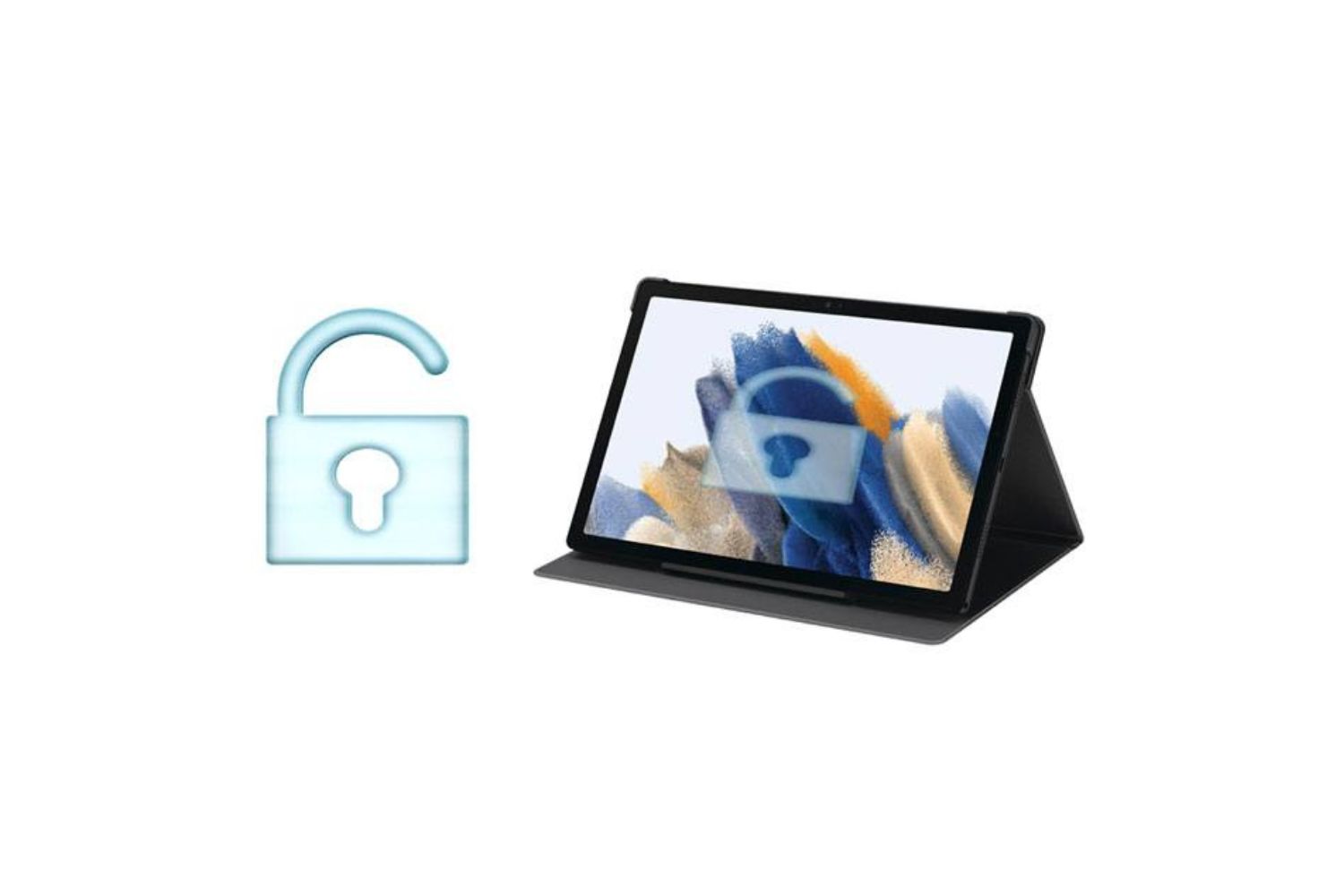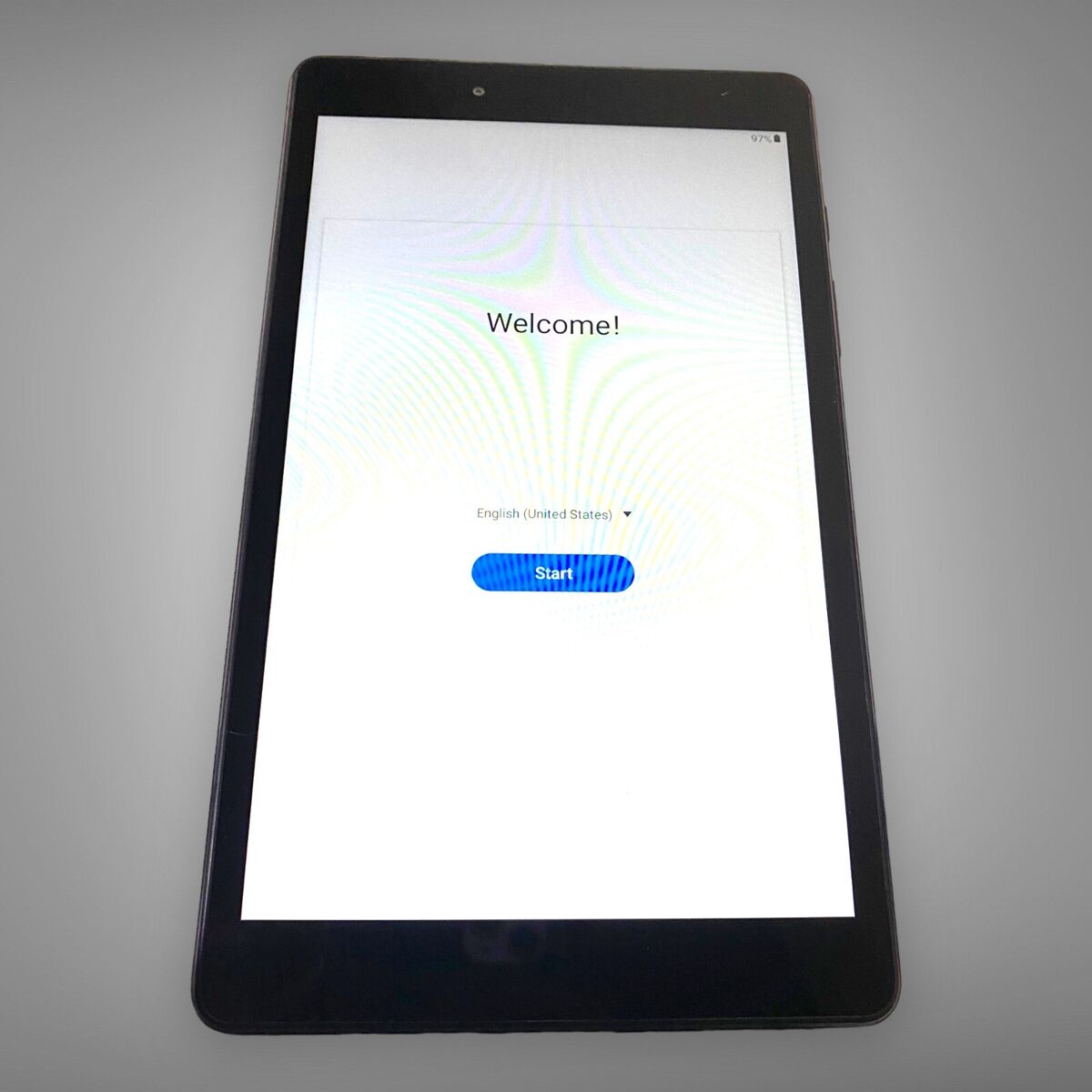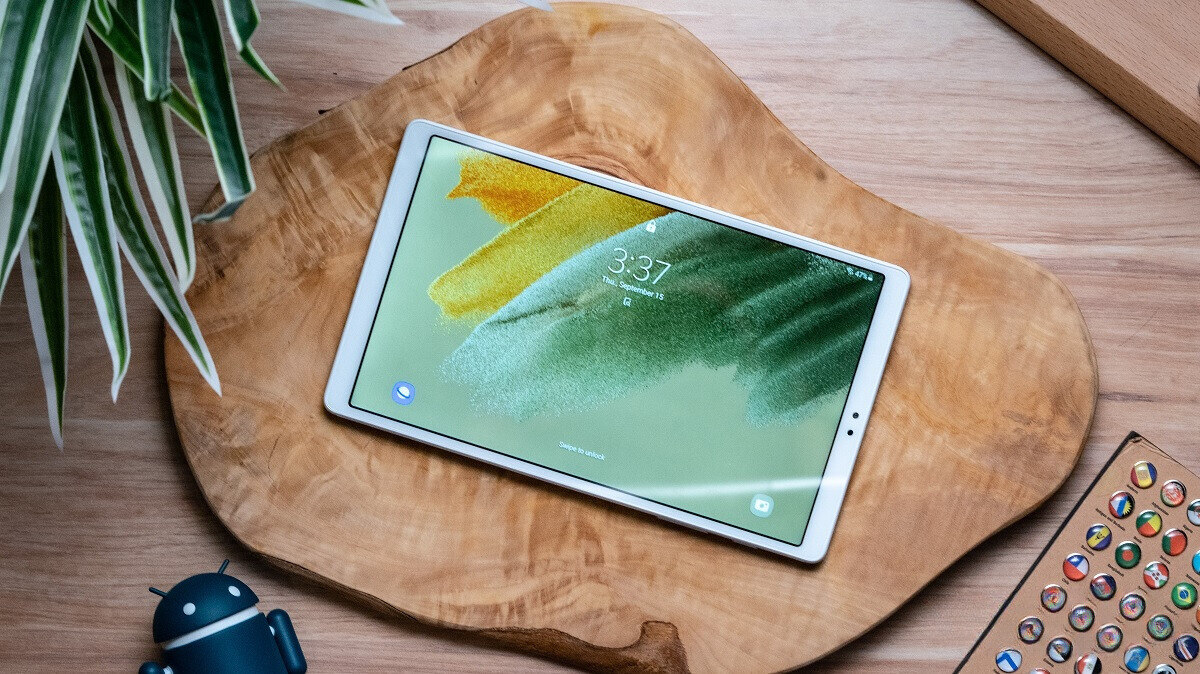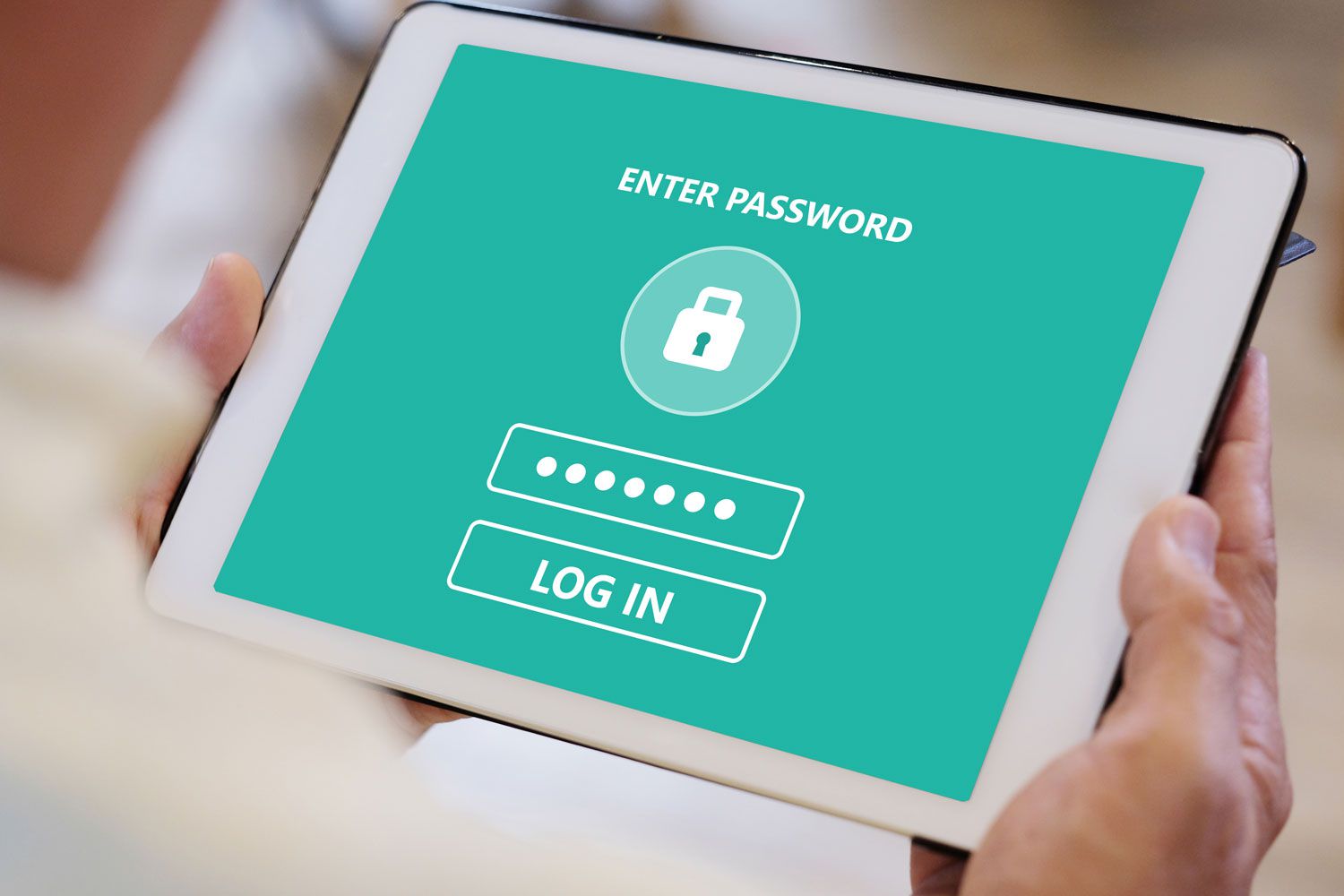Introduction
Welcome to the world of Android tablets! These sleek devices have become an integral part of our lives, offering endless possibilities for productivity, entertainment, and connectivity. However, just like any other electronic device, there may come a time when you find yourself locked out of your Android tablet. This can be a frustrating experience, but fear not, as there is a solution: performing a hard reset.
A hard reset, also known as a factory reset, is the process of restoring your Android tablet to its original factory settings. This procedure erases all user data, settings, and installed apps, essentially returning the device to its “out-of-the-box” state. While it may seem extreme, a hard reset can solve many issues, including a forgotten lock pattern, unresponsive screen, or persistent software glitches.
In this article, we will explore the various methods you can use to perform a hard reset on your Android tablet when locked out. We’ll walk you through step-by-step instructions, highlighting different techniques that can work for different tablet models and versions of the Android operating system. So whether you have a Samsung Galaxy Tab, Google Nexus, or any other Android tablet, we’ve got you covered.
Before we dive into the methods, it’s important to note that performing a hard reset will permanently erase all data stored on your device. This means that if you haven’t backed up your data, it will be lost. We strongly recommend backing up your important files, photos, and other data before proceeding with a hard reset. You can use cloud storage services, such as Google Drive or Dropbox, or connect your tablet to a computer to create a backup.
Now that we’ve covered the basics, let’s explore the various methods you can use to perform a hard reset on your Android tablet when locked out. Whether you prefer using the hardware buttons, accessing the Android recovery mode, utilizing the Find My Device feature, or relying on the power of ADB (Android Debug Bridge), there’s a method that will work for you. Let’s get started on unlocking your Android tablet and regaining access to your valued device.
What is a hard reset?
A hard reset, also known as a factory reset, is a process of restoring a device to its original factory settings. It involves erasing all user data, settings, and installed apps, essentially reverting the device back to its “out-of-the-box” state. While it may sound extreme, a hard reset can be a useful troubleshooting step when your Android tablet is locked out or experiencing persistent issues.
When you perform a hard reset, all personal information and data stored on the tablet’s internal storage will be deleted. This includes apps, contacts, photos, videos, messages, and any other data that is not backed up. Therefore, it is essential to create a backup of your important files before proceeding with a hard reset.
A hard reset can be helpful in various situations, such as:
- Forgotten lock pattern or PIN: If you have forgotten the lock pattern or PIN that you set on your Android tablet, a hard reset can remove the lock and allow you to regain access to your device.
- Unresponsive screen or frozen device: If your tablet becomes unresponsive or the screen freezes, a hard reset can help resolve the issue by restarting the device and clearing any temporary software glitches.
- Software problems: If your tablet is experiencing persistent software issues, such as frequent crashes or slow performance, a hard reset can help to reset the system and potentially resolve these problems.
- Selling or giving away the tablet: Before selling or giving away your Android tablet, performing a hard reset ensures that all personal data and settings are erased, protecting your privacy and providing a clean slate for the new owner.
It’s important to note that a hard reset should be considered as a last resort, as it erases all data and settings. Before proceeding with a hard reset, try other troubleshooting steps, such as restarting the device, clearing cache, or resetting app preferences. However, if these steps fail or you are locked out of your tablet, a hard reset may be the only solution.
In the following sections, we will explore different methods to perform a hard reset on your Android tablet when locked out. Each method has its own set of steps, and the appropriate method may vary depending on your tablet model and the version of the Android operating system it runs on. So, read on to discover the method that best suits your needs and get ready to regain access to your locked Android tablet.
Why would you need to hard reset your Android tablet?
There are several situations where you may find it necessary to perform a hard reset on your Android tablet. While it is a drastic step that erases all data and settings, it can be an effective solution for certain issues that you might encounter. Here are some common scenarios where a hard reset becomes necessary:
- Forgotten Lock Pattern or PIN: One of the most common reasons for needing a hard reset is when you forget the lock pattern or PIN that you set on your Android tablet. If you’ve tried multiple attempts to unlock your device without success, a hard reset can remove the lock and give you access to your tablet again.
- Unresponsive Screen or Frozen Device: If your tablet becomes unresponsive, meaning it doesn’t respond to touch or button inputs, or if the screen freezes and doesn’t change, a hard reset can help. It restarts the device and clears temporary software glitches that may be causing the unresponsiveness or freezing.
- Persistent Software Issues: Sometimes, your Android tablet may encounter persistent software issues that affect its performance. These issues could include frequent crashes, apps not working properly, or a general slowdown in performance. Performing a hard reset can help resolve these issues by resetting the tablet’s software to its original state.
- Selling or Giving Away the Tablet: If you plan to sell or give away your Android tablet, performing a hard reset is essential to protect your privacy. It ensures that all personal data, accounts, and settings are completely erased from the device, preventing any potential misuse of your information.
- Security Breach or Malware Infection: In rare cases, your Android tablet may be compromised due to a security breach or malware infection. If you suspect that your device has been hacked or infected, and you’ve exhausted other security measures, a hard reset can be a viable option to remove any malicious software and restore the tablet’s integrity.
Before proceeding with a hard reset, it’s important to note that it is a irreversible process that erases all data on your tablet. Therefore, it’s crucial to back up any important files, photos, and other data before performing a hard reset. You can use cloud storage services, connect your tablet to a computer, or transfer the data to an external storage device to create a backup.
In the next sections, we will explore different methods to perform a hard reset on your Android tablet when locked out. These methods can vary depending on the tablet model you have and the version of the Android operating system it runs. Whether you prefer using the hardware buttons, accessing the Android recovery mode, utilizing the Find My Device feature, or relying on the power of ADB (Android Debug Bridge), there is a method that will help you regain access to your locked Android tablet.
Warning: Back up your data before performing a hard reset
Performing a hard reset on your Android tablet is a drastic step that erases all personal data, settings, and installed apps. It essentially restores your device to its original factory settings. Therefore, it is crucial to back up your important data before proceeding with a hard reset. This precautionary measure ensures that you don’t lose any valuable information during the process.
Backing up your data before a hard reset can be done in a few different ways. One option is to use cloud storage services, such as Google Drive, Dropbox, or Microsoft OneDrive, to store your files, documents, photos, and videos. These services offer a convenient way to save and access your data from anywhere with an internet connection.
Another option is to connect your Android tablet to a computer using a USB cable. This allows you to transfer your data to the computer’s hard drive or an external storage device, such as a USB flash drive or an external hard drive. Once the data is safely stored on your computer or external storage, you can proceed with the hard reset knowing that your files are protected.
It’s essential to back up all important data, including contacts, messages, call logs, and app data. Additionally, make sure to save any customized settings, such as Wi-Fi networks, app preferences, and system settings, as they will be erased during the hard reset process.
In addition to making a backup, it’s a good practice to write down any important login credentials, such as usernames and passwords, for your accounts. This will make it easier to set up your Android tablet again after the hard reset.
Remember, a hard reset is a last-resort solution for unlocking a locked Android tablet or resolving persistent software issues. It should be approached with caution, as it erases all data on your device. Take the time to back up your data and ensure that you have everything you need before proceeding.
By backing up your data before performing a hard reset, you can have peace of mind knowing that your files and information are safe. Once the hard reset is complete, you can restore your data from the backup and continue using your Android tablet as before, or start fresh with a clean slate.
Now that we’ve emphasized the importance of backing up your data, let’s move on to the different methods you can use to perform a hard reset on your Android tablet when locked out. Whether you choose to use the hardware buttons, Android recovery mode, Find My Device feature, or ADB (Android Debug Bridge), we have you covered with step-by-step instructions to regain access to your locked Android tablet.
Method 1: Using the hardware buttons
If you find yourself locked out of your Android tablet and need to perform a hard reset, one of the most common methods is using the hardware buttons. Different Android tablet models may have slightly different button combinations, but the basic steps are as follows:
- Start by completely powering off your tablet. Press and hold the Power button until the power menu appears, then select “Power off” or a similar option to turn off the device.
- Once your tablet is powered off, press and hold a combination of buttons simultaneously. The most common combination is the Volume Up and Power buttons, but it may vary depending on your tablet model. Refer to your tablet’s user manual or perform an online search for the specific button combination for your device.
- Continue holding the buttons until you see the Android logo or a recovery menu on the screen. This may take a few seconds.
- Once you see the recovery menu, use the Volume Up and Volume Down buttons to navigate through the options. Look for the “Factory Reset” or “Wipe data” option and use the Power button to select it.
- A confirmation screen will appear, asking if you are sure you want to perform the factory reset. Use the Volume buttons to navigate to the “Yes” option and press the Power button to confirm.
- The hard reset process will now begin. Be patient as it may take a few minutes to complete.
- Once the reset is finished, your tablet will boot up and you will be back to the initial setup screen. Follow the on-screen instructions to set up your tablet as if it were brand new.
It’s important to note that the button combination and menu options may vary depending on your tablet model and the version of the Android operating system it runs on. If the above steps do not work for your device, consult the user manual or perform an online search for the specific instructions for your tablet model.
Remember, performing a hard reset using the hardware buttons should be considered as a last resort when all other methods fail or you are locked out of your Android tablet. Make sure to back up your data before proceeding, as the hard reset will erase all data, settings, and apps from your tablet.
Now that you’re familiar with the hardware button method, let’s move on to explore other methods you can use to perform a hard reset on your Android tablet. We’ll cover using the Android recovery mode, utilizing the Find My Device feature, and the power of ADB (Android Debug Bridge) in the following sections.
Method 2: Using the Android recovery mode
If you’re unable to access your Android tablet due to being locked out, another method to perform a hard reset is by utilizing the Android recovery mode. The recovery mode is a built-in feature of Android devices that allows users to perform various system maintenance tasks, including a factory reset. Here’s how you can use the Android recovery mode to reset your tablet:
- Begin by powering off your Android tablet completely. Press and hold the Power button until the power menu appears, then select “Power off” or a similar option to turn off the device.
- Once your tablet is powered off, press and hold a combination of buttons to enter the recovery mode. The most common combination is the Volume Up and Power buttons, but it may vary depending on your tablet model. Check your tablet’s user manual or search online for the specific button combination for your device.
- Continue holding the buttons until you see the Android logo or the recovery menu on the screen. This may take a few seconds.
- Once you’re in the recovery mode, use the Volume Up and Volume Down buttons to navigate through the options. Look for the “Wipe data/factory reset” or a similar option and use the Power button to select it.
- On the next screen, you may be asked to confirm the factory reset. Use the Volume buttons to navigate to the “Yes” option and press the Power button to confirm.
- Wait for the reset process to complete. This may take a few minutes.
- Once the reset is finished, you will be taken back to the recovery menu. Use the Power button to select the “Reboot system now” option.
- Your tablet will now restart, and you will be prompted to set it up as if it were brand new.
It’s important to note that the button combination and menu options in the recovery mode may vary depending on your tablet model and the version of the Android operating system it runs on. If the above steps do not work for your device, consult the user manual or perform an online search for the specific instructions for your tablet model.
Remember to back up your data before performing a hard reset using the recovery mode, as all data, settings, and apps on your tablet will be erased during the process. Also, keep in mind that the recovery mode is a powerful tool, so be cautious and only perform the necessary actions to avoid any unintended consequences.
Now that you’re familiar with the method of using the Android recovery mode, let’s move on to explore other methods you can use to perform a hard reset on your Android tablet. We’ll cover utilizing the Find My Device feature and the power of ADB (Android Debug Bridge) in the following sections.
Method 3: Using the Find My Device feature
If you’re locked out of your Android tablet and need to perform a hard reset, another option you can consider is using the Find My Device feature. Find My Device is a built-in security feature in Android devices that allows you to remotely locate, lock, and erase your tablet. Here’s how you can use the Find My Device feature to perform a hard reset:
- On a computer or another mobile device, open a web browser and visit the Find My Device website (android.com/find).
- Sign in using the Google account that is associated with your locked Android tablet.
- Once signed in, you will see a map displaying the location of your tablet, if it is currently connected to the internet.
- In the left sidebar, click on the “Erase device” option.
- A confirmation dialog will appear, warning you that all data on your tablet will be erased. Review the information and click on the “Erase” or “Reset” button to proceed.
- Wait for the erase process to complete. This may take a few minutes.
- Once the erase process is finished, your tablet will be reset to its factory settings.
- When you turn on your tablet again, you will need to go through the initial setup process as if it were a new device.
It’s important to note that in order to use the Find My Device feature, your tablet must meet certain requirements. It must be turned on, connected to the internet, and signed in to your Google account. Additionally, the Find My Device feature must be enabled on your tablet before it gets locked.
Using the Find My Device feature to perform a hard reset is an effective method if you’re unable to physically access your tablet. However, it’s crucial to note that this method requires a stable internet connection and an active Google account. Also, remember that the hard reset will erase all data, settings, and apps from your tablet, so be sure to back up any important information before proceeding.
Now that you’re familiar with the method of using the Find My Device feature, let’s move on to explore another method you can use to perform a hard reset on your Android tablet: using ADB (Android Debug Bridge).
Method 4: Using ADB (Android Debug Bridge)
If you’re locked out of your Android tablet and need to perform a hard reset, an advanced method you can try is using ADB (Android Debug Bridge). ADB is a versatile command-line tool that allows you to interact with your Android device through a computer. Here’s how you can use ADB to perform a hard reset on your tablet:
- On your computer, make sure you have ADB installed. If not, download and install the appropriate ADB package for your operating system.
- Enable USB debugging on your Android tablet. To do this, go to the “Developer options” in your tablet’s settings. If you don’t see Developer options, go to “About tablet” and tap on the “Build number” multiple times until a message appears confirming that Developer options are enabled.
- Connect your Android tablet to the computer using a USB cable.
- Open a command prompt or terminal window on your computer and navigate to the directory where ADB is installed.
- Enter the following command to check if your tablet is successfully connected to ADB:
adb devices - If your tablet is recognized by ADB, you will see its device ID listed in the output. If not, make sure USB debugging is enabled and that the correct USB drivers are installed.
- Once your tablet is recognized, enter the following command to initiate a hard reset:
adb shell recovery --wipe_data - A confirmation prompt may appear on your tablet’s screen. Use the volume buttons to navigate to the “Yes” option and press the power button to confirm the hard reset.
- Wait for the reset process to complete. This may take a few minutes.
- When the reset is finished, your tablet will reboot, and you will need to go through the initial setup process as if it were a new device.
Using ADB to perform a hard reset is an advanced method that requires some technical knowledge. Additionally, it’s important to note that the success of this method depends on your tablet being recognized by ADB, having USB debugging enabled, and having the correct USB drivers installed.
It’s crucial to back up your data before using ADB to perform a hard reset, as the process will erase all data, settings, and apps from your tablet. Take extra precautions and make sure you follow the instructions carefully to avoid any unintended consequences when using ADB.
Now that you’re familiar with the method of using ADB (Android Debug Bridge), you have explored different methods to perform a hard reset on your Android tablet. Whether you choose to use the hardware buttons, Android recovery mode, Find My Device feature, or rely on the power of ADB, you now have the knowledge to regain access to your locked Android tablet.
Conclusion
Getting locked out of your Android tablet can be a frustrating experience, but fortunately, there are several methods you can use to perform a hard reset and regain access to your device. Whether you choose to use the hardware buttons, Android recovery mode, Find My Device feature, or rely on the power of ADB (Android Debug Bridge), each method offers a potential solution for unlocking your tablet.
Before proceeding with a hard reset, it’s essential to back up your data to avoid losing any valuable information. This can be done through cloud storage services, connecting your tablet to a computer, or using external storage devices. By taking the time to create a backup, you can ensure that your files are safe and can be restored once the hard reset is complete.
Whether you’ve forgotten your lock pattern, encountered an unresponsive screen, or are facing persistent software issues, a hard reset can often be a resolution. It restores your tablet to its original factory settings, solving many common problems and allowing you to start fresh.
It’s important to note that performing a hard reset should be considered a last resort, as it erases all data and settings. Before proceeding, try other troubleshooting steps and consider seeking professional assistance if needed.
By following the step-by-step instructions outlined in this article, you can confidently perform a hard reset on your Android tablet and regain access to your device. Always be cautious and follow the instructions carefully to avoid any unintended consequences. And remember, don’t forget to back up your data before proceeding!
Now that you have the knowledge and understanding of different methods to perform a hard reset, you can confidently tackle any locked-out situation and get back to using your Android tablet. May your tablet unlock smoothly and may you continue to enjoy all the features and functionalities it offers!







